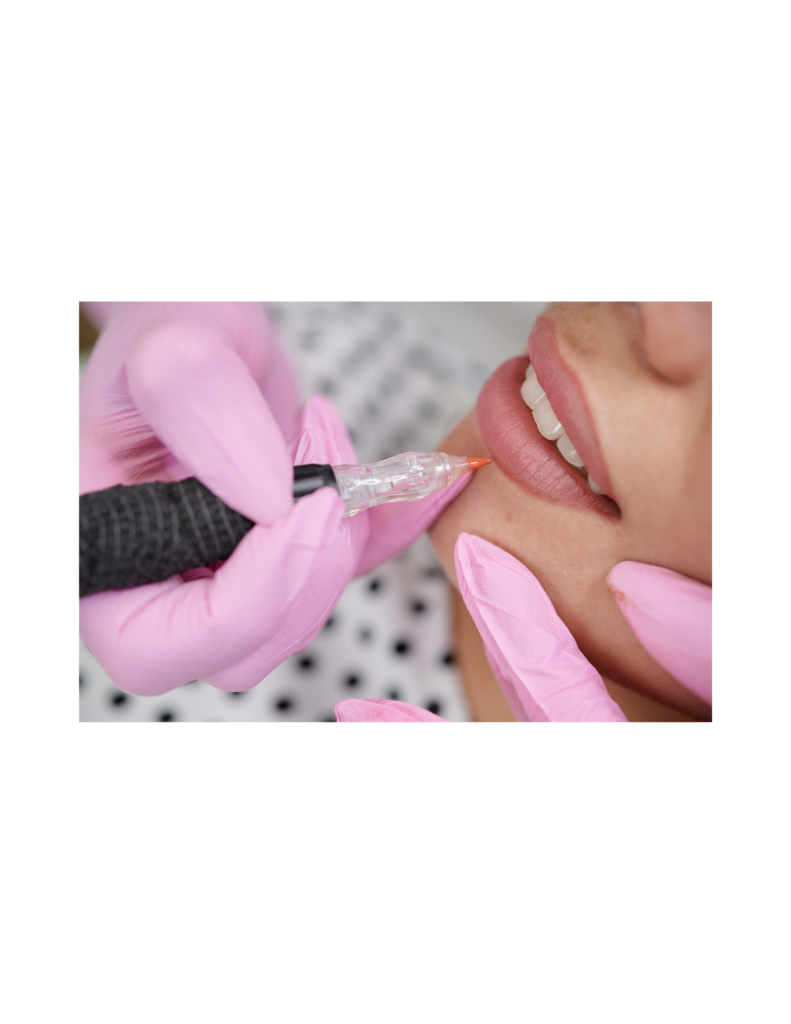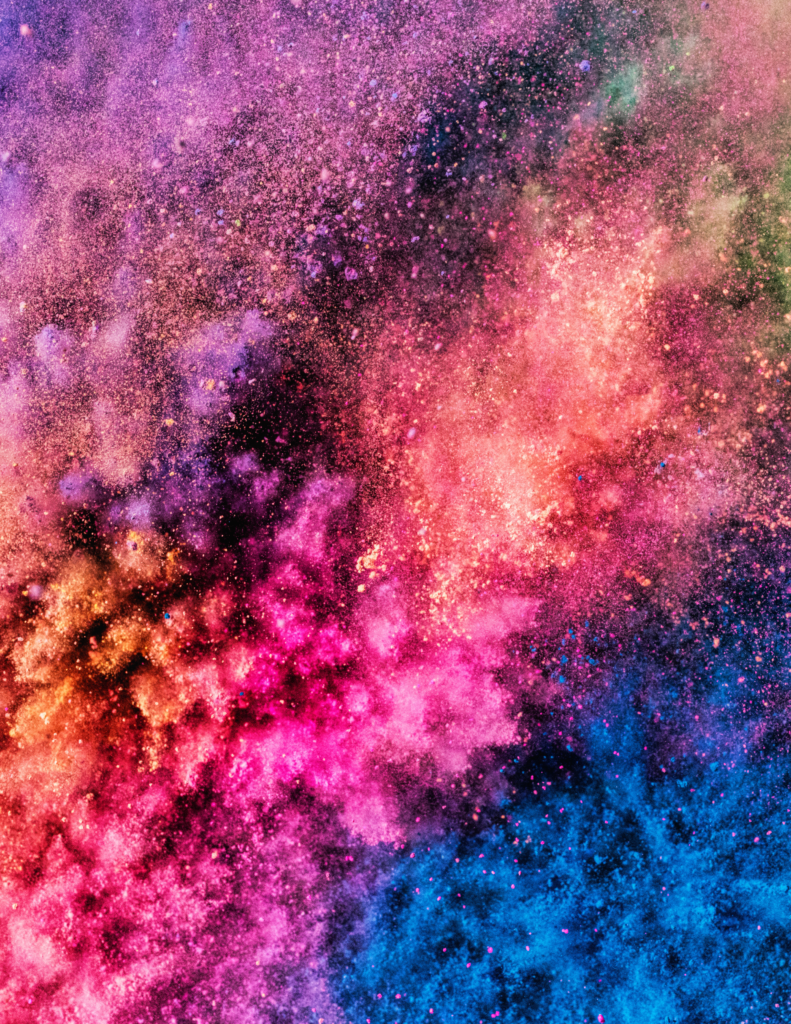
Permanent Makeup Pigments
Permanent Makeup (PMU) Pigments are the core building block of permanent makeup. Included here is a simple yet comprehensive guide of permanent makeup pigments. We’ll discuss the difference between tattoo ink and PMU pigments, the evolution of pigments and their perfection through the years as well as the different types based on their origin and composition, and the latest regulations.
An important factor that determines the longevity, color, and overall attractiveness of PMU pigments are the type of pigments as their use has evolved over time.
That’s why it’s extremely important for both potential clients and artists to be thoroughly informed about the different types of pigments, their ingredients, how they heal, and so on.

What are PMU Pigments?
PMU pigments are placed into the skin to achieve various effects on eyebrow reconstruction and modification, lip and cheek blushing, micropigmentation for scarring and discoloration cover up, etc.
The term pigment generally refers to a substance that imparts color to an object, animate or inanimate. Within the context of permanent makeup, it refers to the solution made by adding powders to a binder to formulate a liquid used in permanent makeup.
PMU pigments are colored liquids that the skin retains for a period of time, and the body eventually breaks down and absorbs. This is the main difference between permanent makeup pigments and tattoo ink; ink cannot be broken down, so it remains in the skin forever, although its color might change.
The risk of color change can make attempts to refresh the look a bit challenging. That is why PMU are now used within the industry.
Types of PMUs
Permanent makeup pigments can fall into 3 groups based on the origin of their basic ingredients: iron oxide based, inorganic ones, and organic ones.
The choice of pigment has evolved over time as artists have learned about the behavior of these ingredients over time. In addition, to this relatively newfound knowledge, they must always take into account the client’s skin type.
Most recently, the go-to choice have been formulas made up of both organic and inorganic pigments. In fact, over 95% of PMU pigment available on the market contain both organic and inorganic elements.

What are PMUs composed of?
PMUs are made up of pigment powder and rewetting agents. The pigment powder imbues the color and the rewetting agent provides the viscosity to apply the PMU using the tools of the trade. The list of pigments includes iron oxides and organic dyes. The rewetting agents may be glycerine, alcohol distilled water or witch hazel.
Iron Oxides
This is a widely used group of pigments in permanent makeup. They are obtained from ferric oxides, like stone dust and rust, to which water, glycerin, witch hazel and other chemicals are added as binders.
They are most often used for lip tattoos and pigments in skin-toned shades used for BB glow or scar and stretch mark camouflage since the color range of iron oxides is very wide.
Oxides can be divided into three groups – yellow iron oxide, red colcothar and black iron oxide – the basic microblading pigments. By mixing these basic colors in different ratios a professional can make virtually any shade needed for eyebrow correction.
Pros
Their greatest advantage is the fact they provide almost total opacity.There’s also the very low chance of allergic reactions.
Cons
Iron oxides have been considered the most stable option for a while, but time has shown that pure, unmixed iron oxides are prone to color changes, uneven fading, and pigment migration. Pigments in this category can turn quite cool as they fade.
Because of these issues, the popularity of purely iron oxide-based pigments has dropped. They could also potentially cause inconvenience in case of an MRI.
Inorganic Pigments
Inorganic pigments are made by adding iron oxide elements to other ingredients. They are called inorganic as they are synthetically produced from metals (titanium oxide, manganese violet, ultramarines, but also the mineral kaolinite AKA china clay). Technically, iron oxides also belong to this group, but their wide use distinguishes them from the rest of inorganic pigments.
The purpose of adding iron oxides is to provide solid color and opacity, as well as widen the shade range. Titanium dioxide prevails in lighter shades, while iron oxides prevails in darker shades.
Pros
They are non-toxic, unaffected by light and insoluble, which is important for the prevention of color migration.
Cons
Forget about it. Titanium dioxide has some serious issues. It stays in the skin a very long time, and it’s also known to fade into a yellowish or even greenish. To exacerbate these issues is that it cannot be removed with a laser, since it darkens into a gray or black when hit by a laser beam.
Organic Pigments
Relatively few companies produce purely organic pigments, although there is still a wide range available.
These are pigments with carbon which is the basic ingredient that qualifies this type of ingredient as organic. In the past, they were made from plants or animals. However, these sources are high in the area of allergic reactions. This is not the safest option.
Today all available colors are made in the lab by combining carbon with different substances, most often nitrogen, hydrogen, and oxygen. Colors can be selected by changing the ratios of these elements.
Another common ingredient of organic pigments for permanent makeup is the hydroxide of alumina. This substance is not soluble, which helps color retention and makes the pigment heavier so it can set into the skin better. Generally, pigments used for lip PMU, as well as areola tattooing, contain a lot of organic components.
Pros
Formulations of modern organic pigments is hypo-allergenic. Alumina hydroxide, which encapsulates the pigment molecules and prevents them from reacting with the tissue directly.
Organic pigments are affected by sunlight exposure more than the inorganic type – they fade quicker. Chemicals from skincare products can also do more damage to this type, so it’s advisable to switch to natural skincare. The problem of accelerated fading is easily solved by adding titanium dioxide, but then the formula is no longer purely organic, plus it can’t be touched by lasers – ever. Also consider that the quality of lighter shades is better than that of dark ones.
The molecules of elemental carbon are the smallest of all ingredients used in PMU. It gives the formula pitch-black, opaque color, so it’s often used for permanent eyeliner. However, it is not advisable for inexperienced artists to use carbon-based pigments for permanent eyeliner because the risk of color migration is great, precisely due to small particle size.
Water Based Pigments
As a relatively new addition, water-based pigments have emerged on the market. What distinguishes them from the other PMUs described above is the fact they contain around 45% of water and their origin is reportedly purely botanic, without any iron oxides. They are generally applied with a machine, not manually.
Some PMU providers claim that this is the best option for oily skin, which generally doesn’t retain pigments very well and usually needs regular touch ups.

